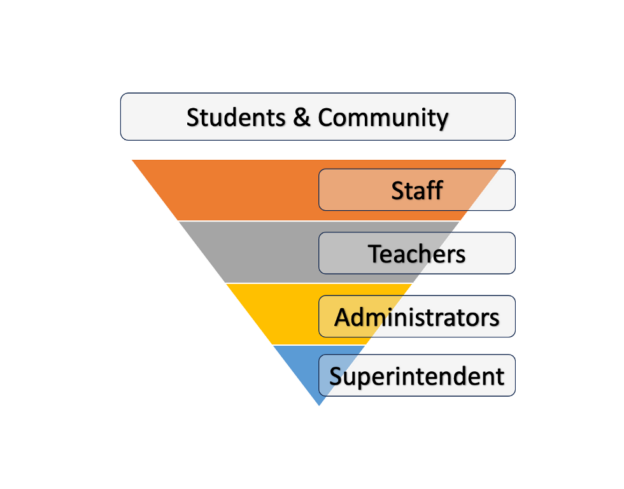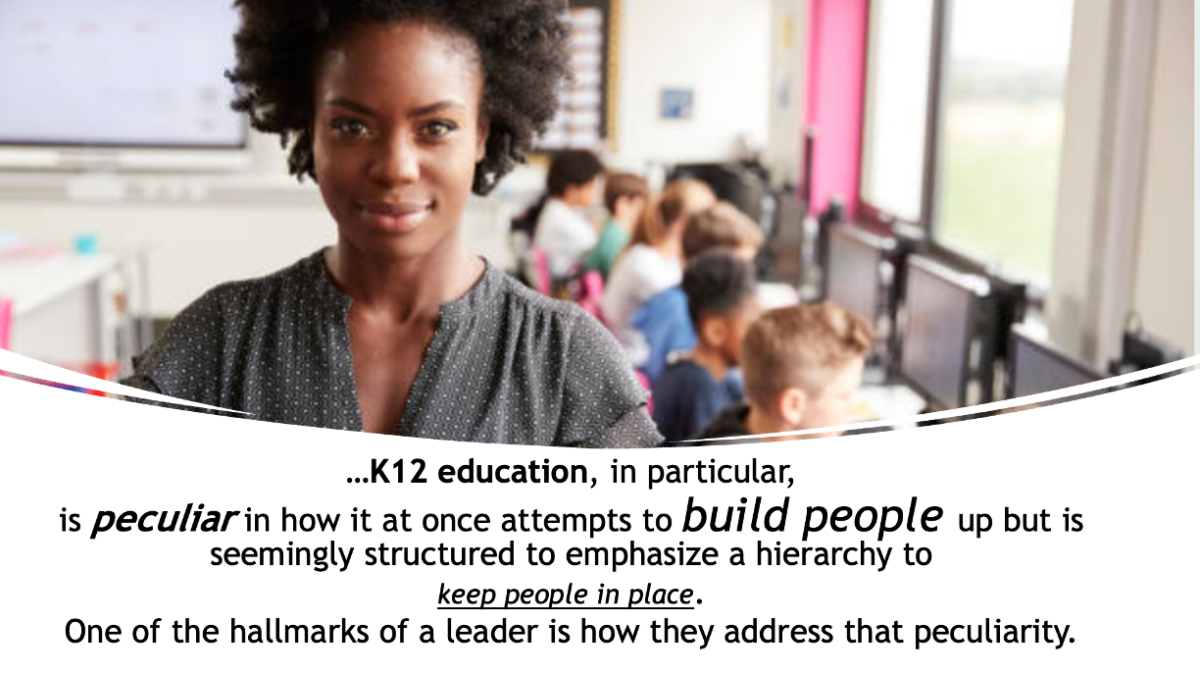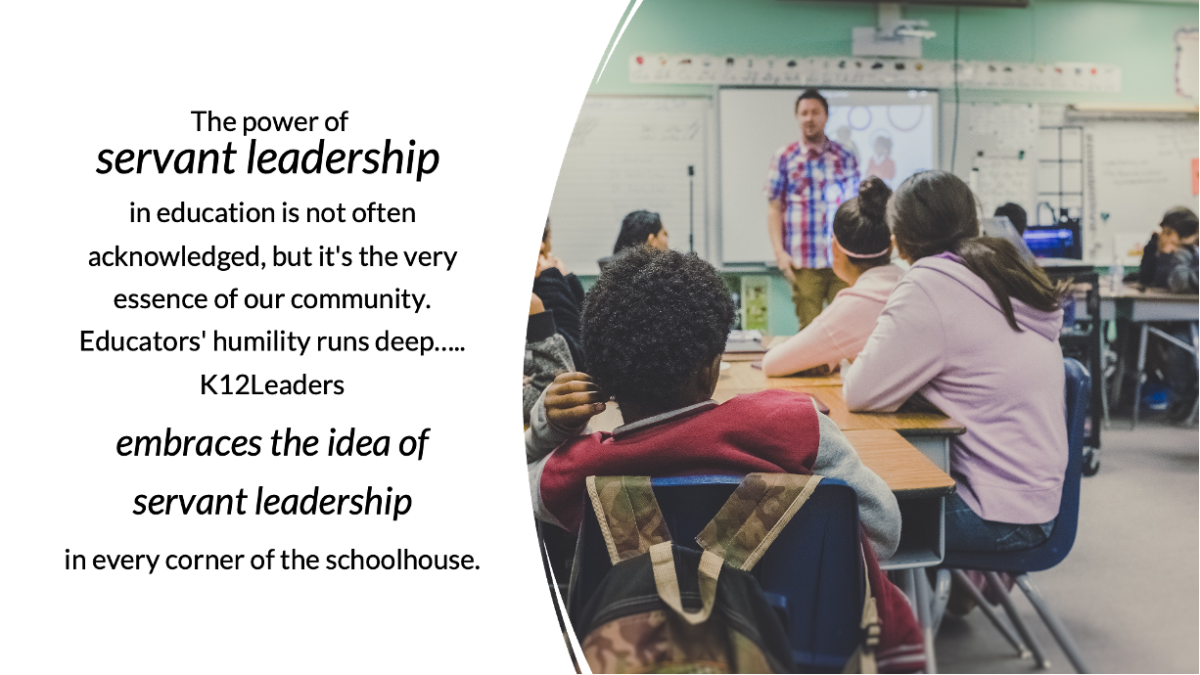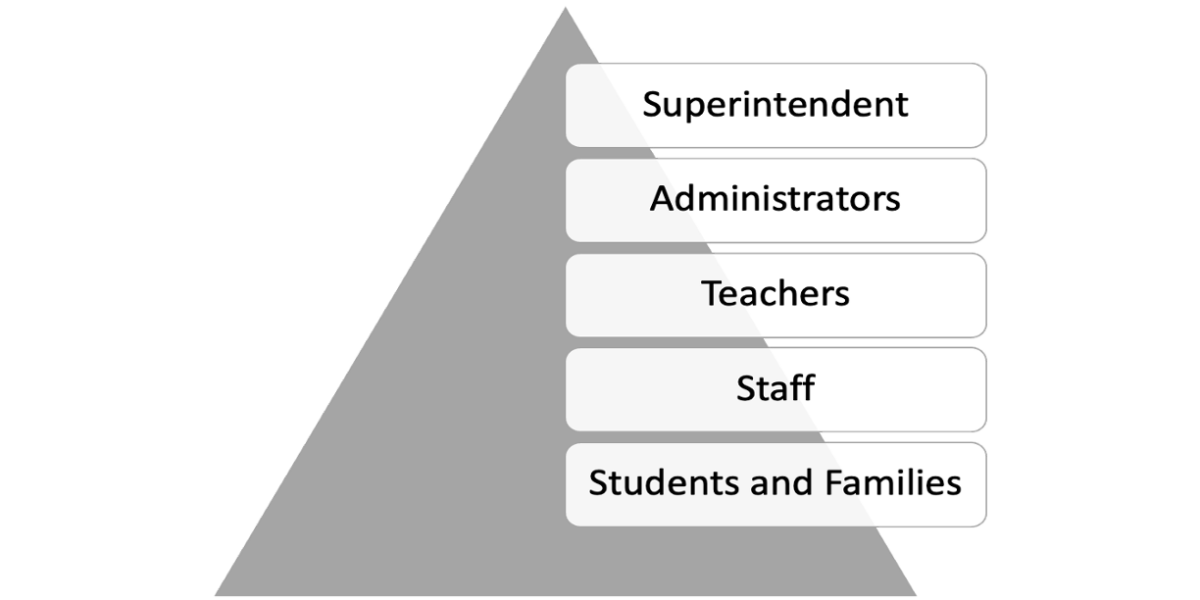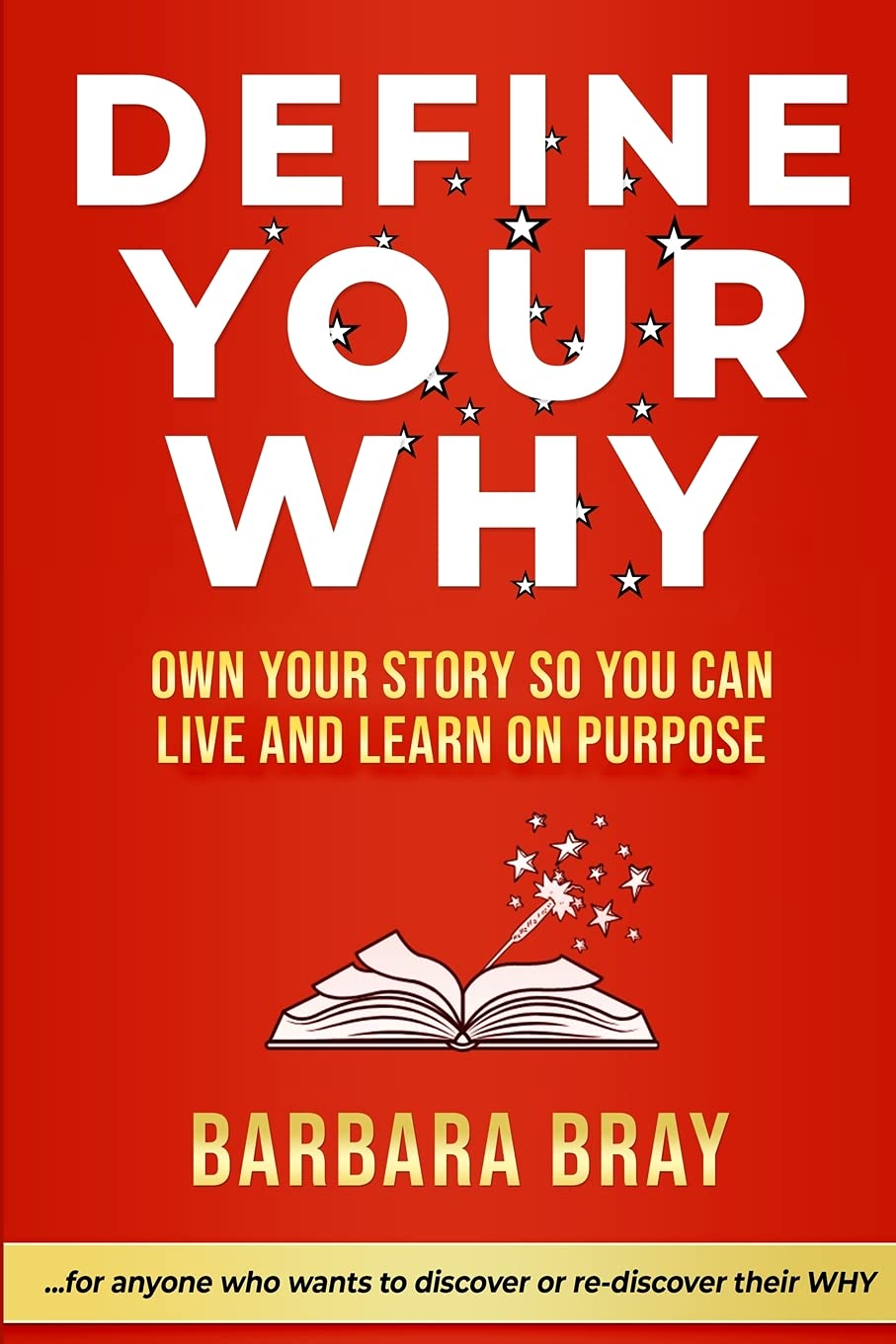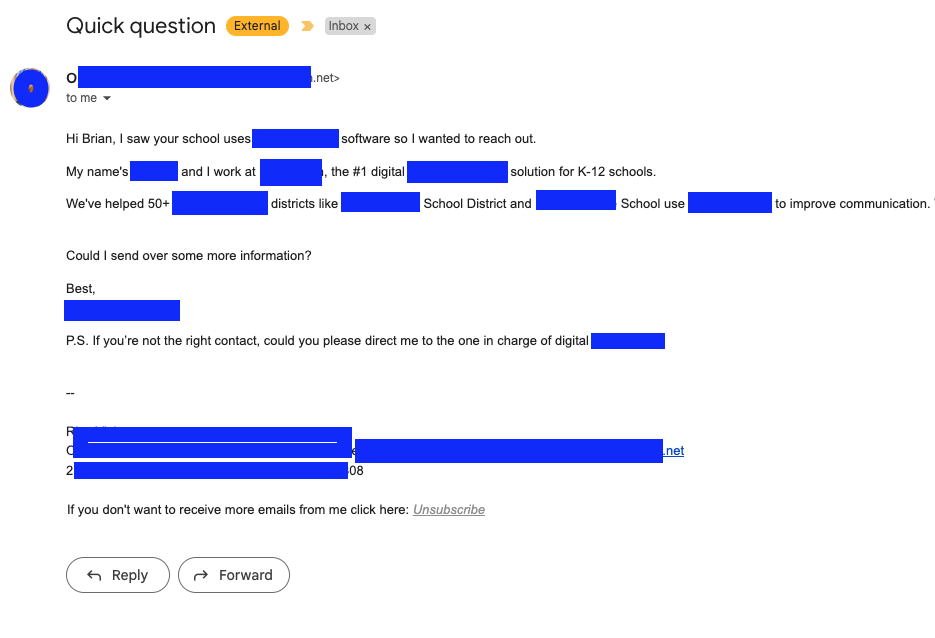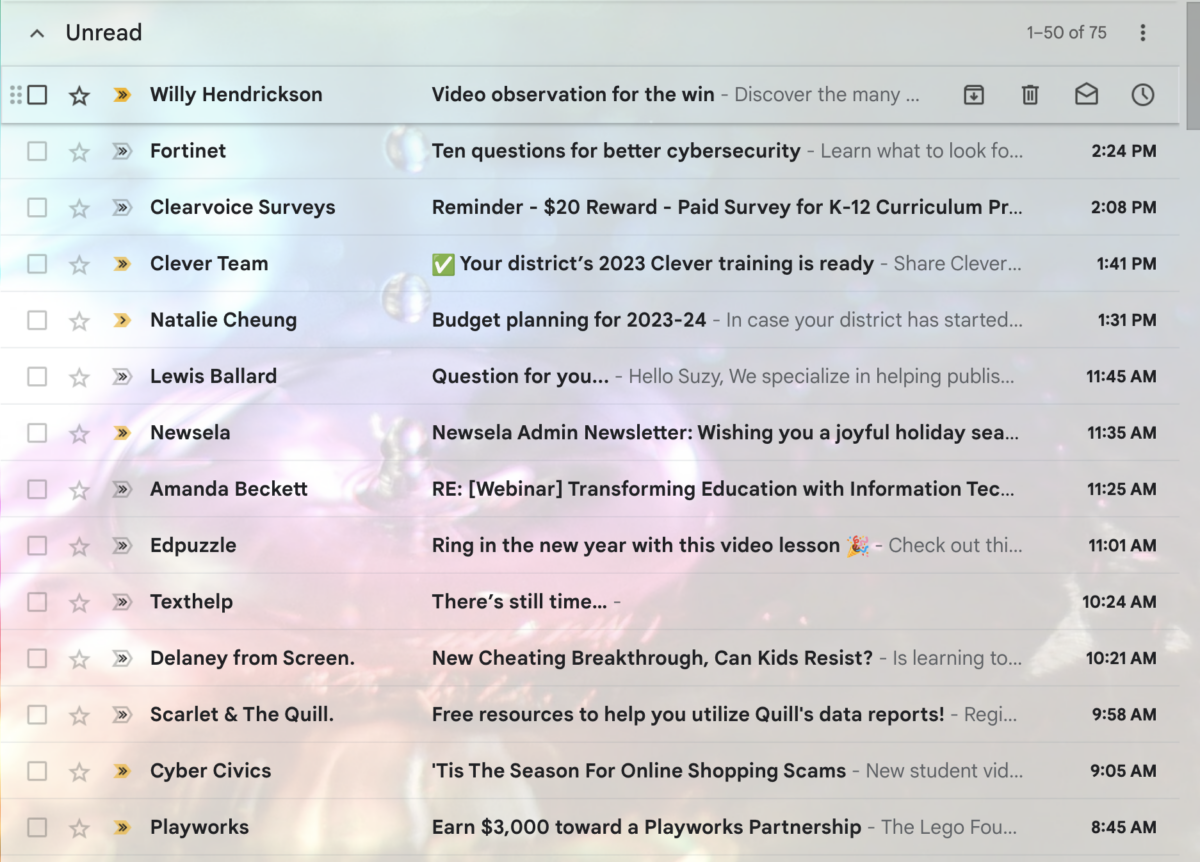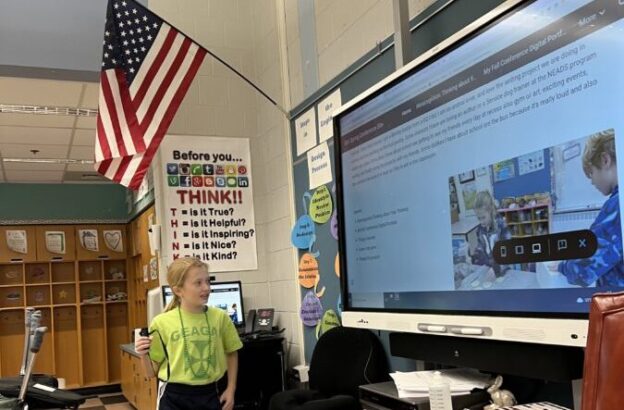Professional Learning in the field of education can sometimes feel like a one-size-fits-all approach. It is time to change how educators engage in Professional Learning. Education is a dynamic profession requiring constant adaptation to new methods, technologies, and pedagogical approaches. The question is, when does an educator have the time?
The Changing Landscape of Education:
The landscape of education is constantly evolving. The impact of technological advancements, changes in student demographics, and the need for educators to stay current with educational research forces many educators to explore options outside the school day. This is because many school districts are providing Professional Learning opportunities they feel meet the needs of the students and not their educators.
There is research currently being done showing the need for different tactics when it comes to Professional Learning. This includes looking at the individual and the type of Professional Learning that is available. The interactions that educators are part of are crucial for their ongoing growth and effectiveness in the ever-evolving field of education.
Choice and Voice:
There have been numerous research studies on the importance of student engagement in learning when students have a voice and choose what they want to study. Studies involving educator choice and voice are limited. A typical school building will have a span of 1-20 years of experience among its instructional staff. A one-size-fits-all approach does not provide the Professional Learning needs of all educators. There are benefits to having every staff member participate in a Professional Learning experience, but it will not address the personal growth needed by everyone.
“Choice and voice in Professional Learning not only allow school leaders to differentiate professional development, but they also honor teachers’ ability to independently and creatively identify, generate, and implement solutions to problems of practice that elevate teacher engagement, and therefore, student achievement.” – All4Ed
Benefits of Professional Learning for Educators:
- Improved Teaching Practices: Professional Learning supports educators in refining their instructional strategies, engagement strategies, and integrating new approaches into their classrooms.
- Enhanced Student Outcomes: There is a positive correlation between teacher Professional Learning and student achievement. This can be attributed to the implementation of research-based instructional strategies and having a deeper understanding of the subject matter and standards.
- Adaptation to Technological Changes: In the 21st century, technology has been an integral part of education. Professional Learning that incorporates technology helps educators stay tech-savvy and integrate digital tools into their teaching methods. This also supports the engagement of students.
Types of Professional Learnin g:
- Workshops and Conferences: Attending regional, state, and national workshops and conferences, provide educators an opportunity to learn from experts in the field, collaborate with peers, and gain exposure to new ideas. Educators are given the choice to attend what meets their needs for continued professional growth.
- Online Courses and Webinars: The flexibility and accessibility of online professional development opportunities support educators who need a more flexible environment. Virtual learning platforms allow educators to engage in learning at their own pace, in their own space, and provide immediate resources.
- Collaborative Learning Communities: Collaboration within school communities provides the depth of knowledge that is often needed to truly understand how learning standards can be presented. This could include grade-level teams, subject-specific groups, or cross-disciplinary collaboration. The format could be in-person, virtual, or a combination.
Overcoming Challenges:
Professional Learning comes with its challenges. Time constraints, resource limitations, expert trainers, and financial means can all be limiting factors. Many school districts overlook the experts who are right within their organization. Educators who have been identified as comfortable with a craft are often the best at providing Professional Learning to those who seek a similar understanding.
A Culture of Professional Learning:
Professional Learning is a lifelong journey benefiting both educators and students. Allowing educators voice and choice in their continued professional growth decreases the likelihood that an educator will experience burnout. Educators must have options to support a balance between Professional Learning and their instructional time.
The future of Professional Learning must include time, space, and resources for educators to explore areas of professional growth that not only benefit their career path but also their students’ academic growth.
Posted by: Tina Nicpan-Brown, M.Ed.
Tina Nicpan-Brown is a hybrid elementary educator and content developer in Washington State. She was a state finalist for the Presidential Award of Excellence in Math and Science Teaching in 2020, the Regional Teacher of the Year in 2022, and is pursuing a doctoral degree in Instructional Design.

